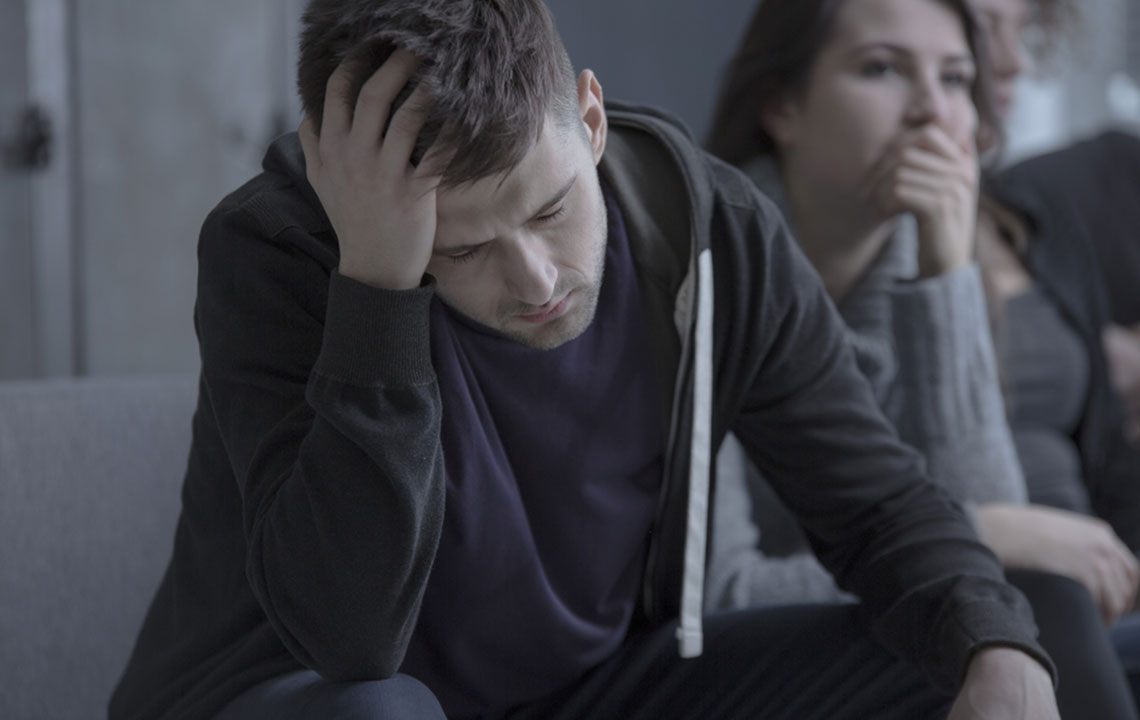5 Celebrities Who Successfully Battled Opioid Addiction

We often exercise caution when we are maneuvering our way in the dark to the kitchen, because stubbing our little toe against the table or TV stand will be incredibly painful. Though the throbbing dull ache will subside, there are injuries worse than a swollen little toe where the pain keeps getting worse. The pain one experiences when injured in an accident or after undergoing a surgery isn’t something that will eventually fade away on its own. For this very purpose, doctors prescribe opioids to the patient.
Opioids are medications that are used to treat moderate to severe acute pain like the ones people experience due to injuries or surgery. These synthetic medications are engineered to mimic the effects of natural opiates like opium and morphine, from which they are partially derived. The commonly prescribed opiates include codeine, fentanyl, hydrocodone, morphine, meperidine, and even include the banned drug, heroin. Though opiates are effective in relieving pain, these are considered to be extremely dangerous, as they have a high potential of dependency, misuse, and overdose. The various components in the opioids can have a great impact on the neurotransmitters in the brain such as dopamine, which is responsible for producing a feeling of euphoria and reward. This sudden feeling of elevation is what drives people to get addicted to opioids.
Opioid addiction is quite rampant, and even famous Hollywood celebrities fell prey to the exalting effects opioids had on them. However, instead of succumbing to opioid addiction, these celebrities fought back and recovered and are celebrating their sobriety by leading an opioid-free, healthy life. Take a look at the famous Hollywood stars who waged a battle against opioid addiction and came out victorious.
Robert Downey Jr.
The “Iron Man” star wasn’t always the suave, self-assured gentleman we have all come to know. Robert Downey Jr. had hit a rough patch between 1996 and 2001, as he was arrested numerous times on drug-related charges and did a few stints in rehab. The actor admits that he accidentally got involved in heroin after smoking pot for the first time, and this rendered him defenseless. However, instead of receding into anonymity and giving in to the temptations that heroin presented, the Iron Man chose to fight back. He credits his wife, Susan Levin, yoga, and kung fu for keeping him in check. Today, Robert Downey Jr. is considered one of the top earning actors and has been a part of successful movies.
Jamie Lee Curtis
Everyone loved the spunk Jamie Lee Curtis’ character displayed in the movie “Freaky Friday”, but people remained oblivious to this versatile celebrity’s personal turmoils. Curtis revealed that she became addicted to painkillers after she underwent a routine surgical procedure at the age of 25. To make matters worse, Curtis sought solace in alcohol to deal with the loneliness. However, instead of letting her life spiral out of control due to the addictions, she recovered. On the “Today Show”, the actor said that her recovery is the single greatest accomplishment of her life, and without it, the rest of her life would have fallen apart.
Kelly Osbourne
The multi-talented Kelly Osbourne was addicted to Vicodin pills (opioids) and used to take up to 50 tablets a day when she was only 17 years old. When her mother was diagnosed with cancer, her opioid addiction took a turn for the worse. However, instead of being dejected due to unsuccessful rehab stints, after her fourth stay in the rehab, she finally felt optimistic and believed that she could recover. She reinstated her newfound belief in her book, Fierce— “After 30 days, I left the rehab. For the first time, I felt hopeful. I knew I’d been given another chance at my life, my career, at happiness. I wanted to grab it.”
Russell Brand
This famous English comedian and actor doesn’t shy away from speaking about his heroin addiction. In fact, Russell Brand often mentions his addiction to heroin along with his sex addiction and promiscuity issues as a part of his stand-up act. The comedian started using drugs at the age of 16 after he left his mother’s home. He describes his first experience of using heroin as “blissful”, thereby helping people see the addict’s side of the picture. In December 2014, Russell Brand tweeted that he completed 12 years of sobriety.
Nicole Richie
Nicole Richie, a woman who dons several hats, was once arrested for the possession of heroin and went to rehab in 2003. Unfortunately, after completing her stint in the rehab, she pleaded guilty for driving under the influence of marijuana and Vicodin. However, instead of blaming the fame for her downfall, Richie accepted her role in the downward spiral; she asserted that she created it and manifested it, and she got herself through it with the help of a lot of great people.
The recovery stories of these Hollywood celebrities are proof that with the help of sheer willpower and a supportive family, people can overcome any form of addiction and turn their lives around for the best.


